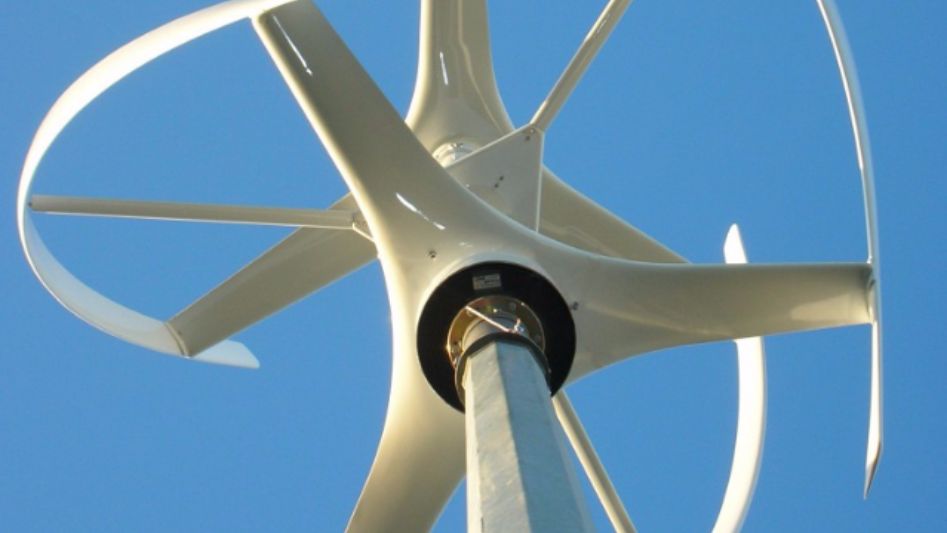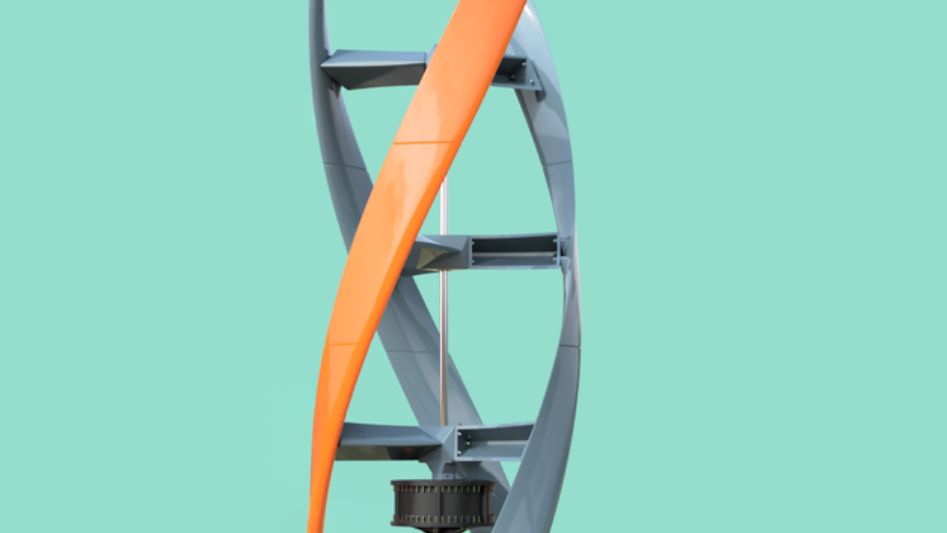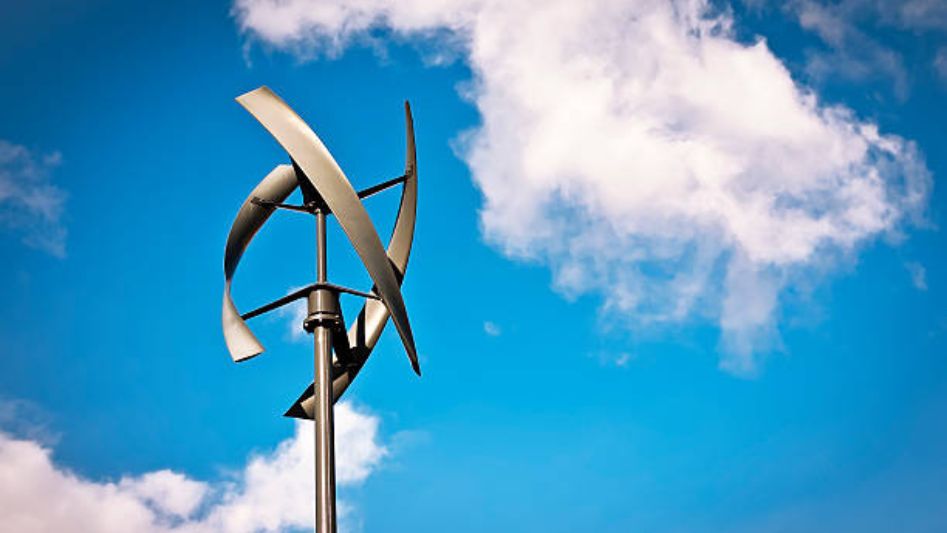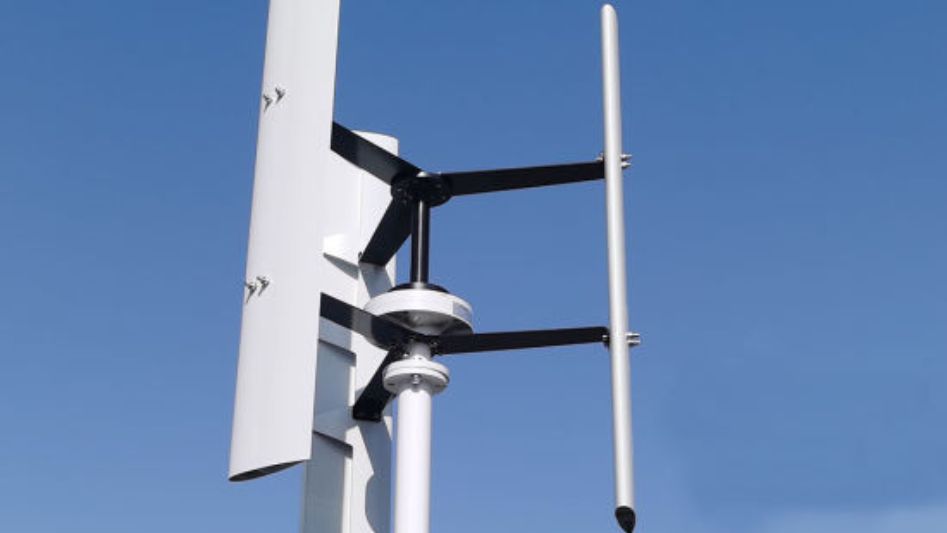In an era where the detrimental effects of climate change loom large and the global population seeks cleaner and more sustainable energy sources, the power of the wind has emerged as a significant solution to our energy needs. Harnessing the wind, particularly through wind turbines, has gained considerable momentum over the last few decades. This article explores the many facets of wind energy, its benefits, and its pivotal role in shaping a sustainable future for the planet.
Table Of Content
We invite you to read: “Blowing Away the Competition: Wind Energy’s Rise to Prominence”

The Power of the Wind
Wind energy, often referred to as wind power, is the conversion of wind currents into electricity through the use of wind turbines. These turbines consist of large, aerodynamically designed blades mounted on a tall tower. As the wind blows, it causes the blades to spin, which drives a generator that produces electricity. Wind energy has two primary forms: onshore and offshore wind energy. Onshore wind turbines are located on land, while offshore wind turbines are positioned in bodies of water, such as oceans or large lakes.
Environmental Benefits
1. Renewable and Clean
Wind energy is a renewable source of power. Unlike fossil fuels, which are finite and emit harmful greenhouse gases, the wind is an everlasting resource. This renewable nature makes wind energy a sustainable choice for the long term. Furthermore, wind turbines produce no direct emissions, making them an environmentally friendly option to combat climate change.
2. Reduced Carbon Footprint
By substituting wind energy for conventional fossil fuel-based power generation, we significantly reduce our carbon footprint. The reduction in greenhouse gas emissions is a crucial step in mitigating the impacts of climate change.
3. Preserving Natural Resources
Wind energy production requires minimal land usage compared to many other forms of power generation. This helps preserve natural habitats and biodiversity, minimizing the ecological impact of energy production.
Economic Advantages
1. Job Creation
The wind energy sector has created a substantial number of jobs worldwide. From manufacturing and installation to maintenance and research, this industry provides employment opportunities that contribute to economic growth.
2. Energy Independence
Investing in wind energy reduces a country’s dependence on fossil fuel imports. This energy independence can bolster national security and reduce vulnerability to energy price fluctuations on the global market.
We invite you to read: “The Pros and Cons of Vertical Axis Wind Turbines”
We invite you to read: “Challenges and Solutions in Modern Wind Energy Production”

3. Cost Competitiveness
Wind energy costs have steadily declined, making it increasingly competitive with traditional energy sources. Advances in technology, economies of scale, and government incentives have all contributed to the cost-effectiveness of wind power.
Challenges and Solutions
While wind energy offers numerous benefits, it is not without challenges:
1. Intermittency
One of the most significant challenges of wind energy is its intermittency. Wind does not blow consistently, which can lead to fluctuations in power generation. Energy storage systems and smart grid technologies are being developed to address this issue.
2. Visual and Environmental Impact
Wind turbines can have a visual and environmental impact on the landscape, particularly in onshore locations. Proper siting, improved aesthetics, and better public acceptance strategies are essential in mitigating these concerns.
3. Infrastructure and Transmission
Expanding wind energy often requires substantial infrastructure and transmission upgrades. Investment in these areas is crucial to maximize the potential of wind power.
The Road to a Sustainable Future
Wind energy is a vital component of the transition to a more sustainable and cleaner energy future. It offers an environmentally friendly, economically advantageous, and increasingly accessible alternative to fossil fuels. Governments, businesses, and individuals must continue to invest in and support wind energy initiatives to reduce our carbon footprint, create jobs, and enhance energy security.
We invite you to read: “Wind Energy Unleashed: Unraveling the Technology Driving Wind Turbine Power”

Conclusion
As we look to the future, it is evident that the wind, quite literally, is the ‘wind beneath our energy wings.’ By harnessing its power, we can soar toward a greener, more sustainable future, leaving behind the environmental challenges associated with conventional energy sources. Wind energy is not just a passing breeze; it is a powerful and enduring force driving us toward a brighter and more sustainable tomorrow.
FAQs
How do wind turbines work?
Wind turbines have blades that rotate when the wind blows. This rotation drives a generator, producing electricity.
What are the environmental benefits of wind energy?
Wind energy is clean and reduces greenhouse gas emissions, preserving natural resources and biodiversity.
Are wind energy jobs on the rise?
Yes, the wind energy sector has created numerous jobs worldwide, from manufacturing to maintenance and research.
What challenges does wind energy face?
Challenges include intermittency, visual impact, and the need for infrastructure and transmission upgrades.
You May Also Like
- Blowing Towards Sustainability: Wind Energy Leading the Green Movement
- A Green Alliance: Carbon Neutrality’s Co-benefits for Solar and Wind Energy
- Suzlon Energy Shares Garner Interest Amid Impressive Wind Energy Installation Milestone
- Wind Energy Revolution: Discovering Europe’s Top Wind-Generating Countries
- Wind Energy and Sustainable Transportation: A Perfect Match

